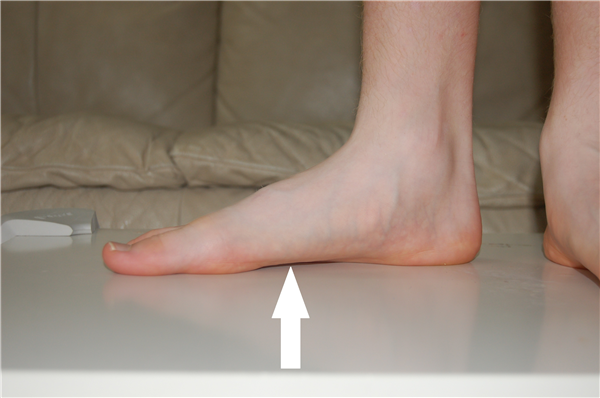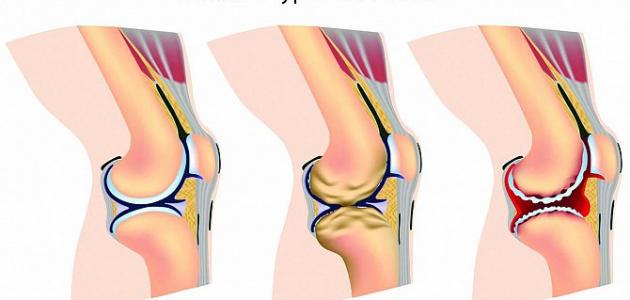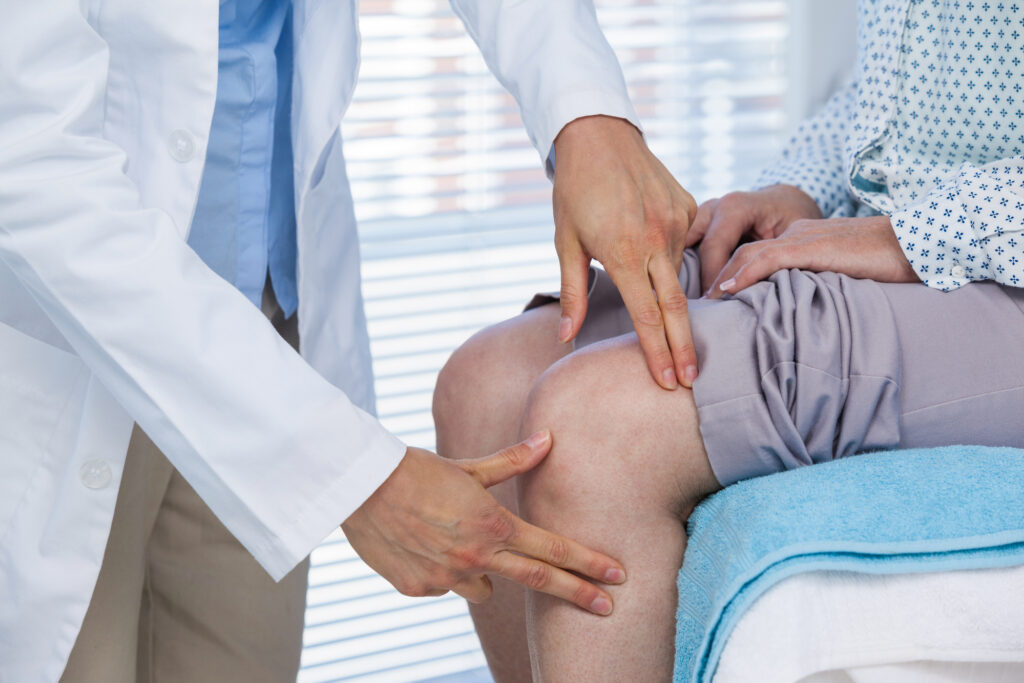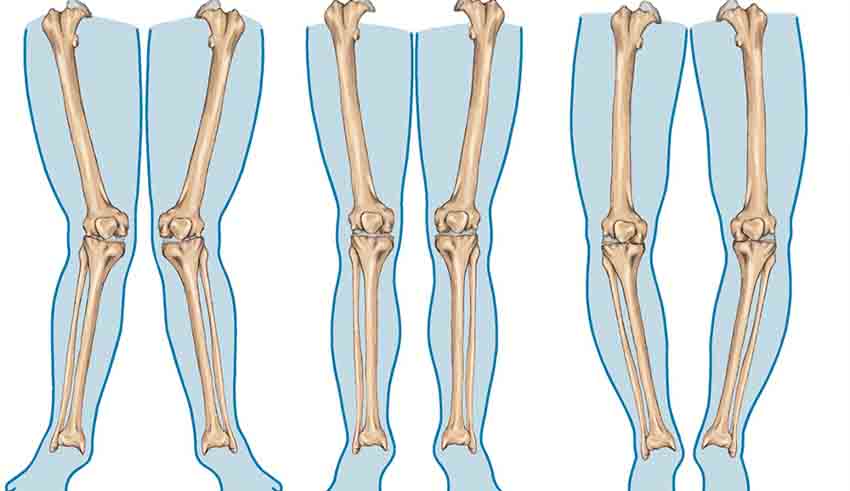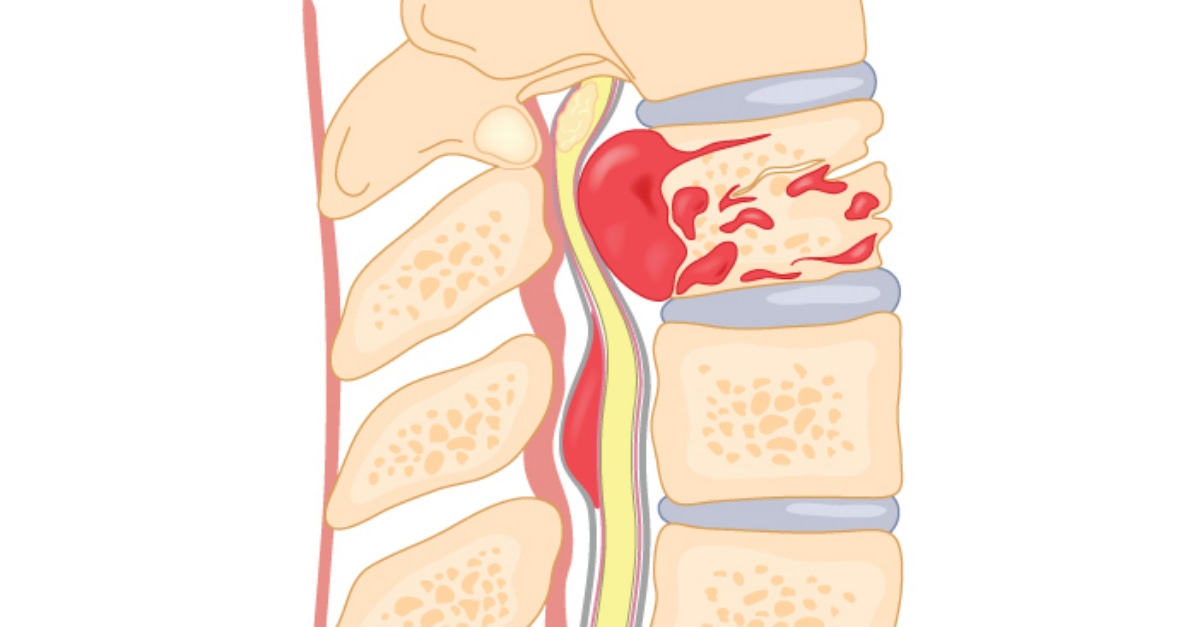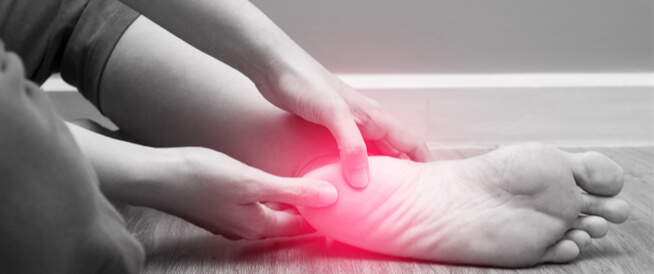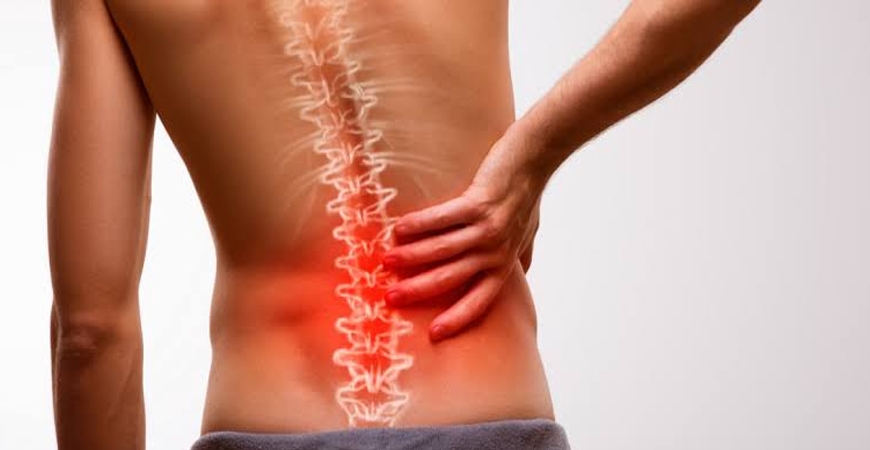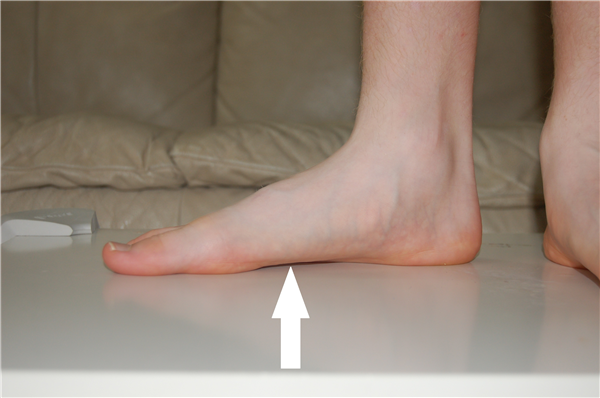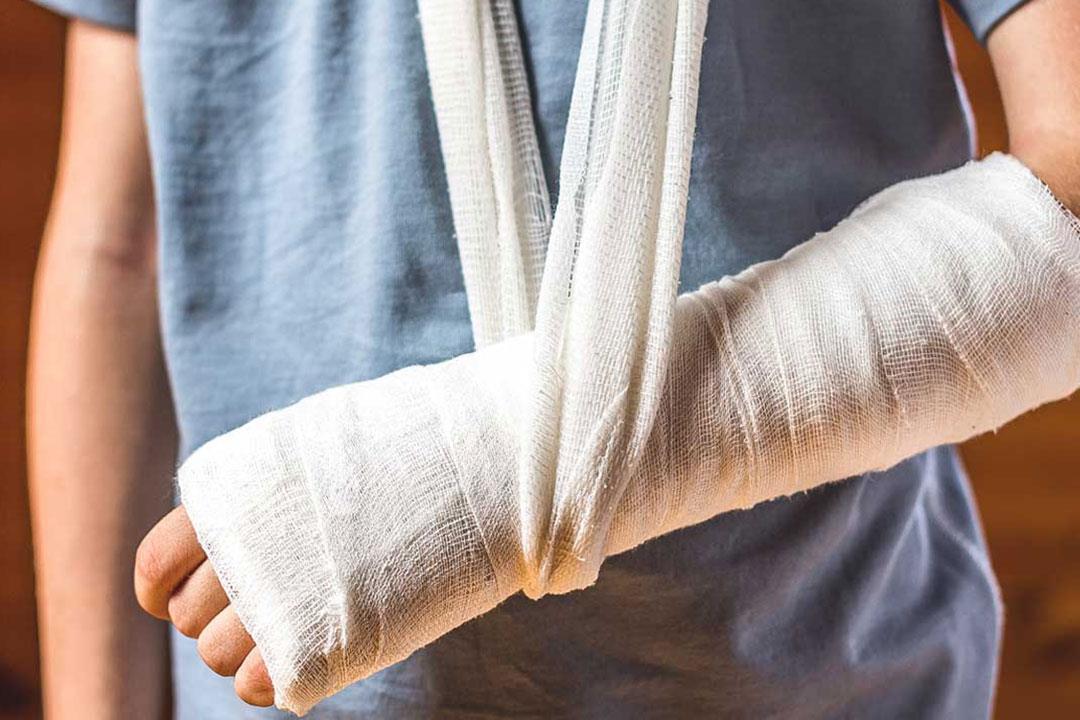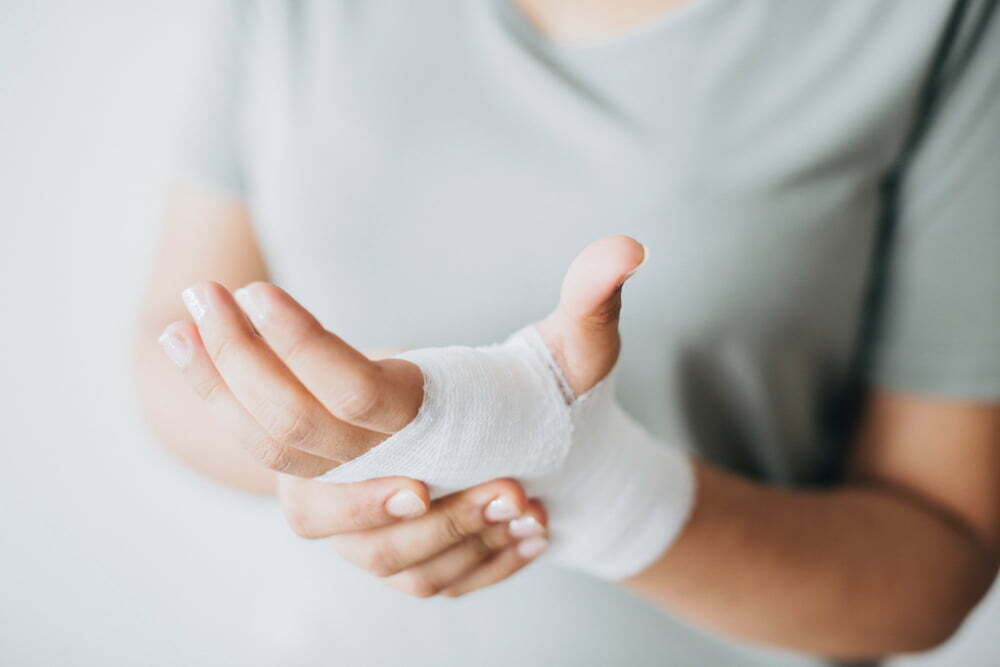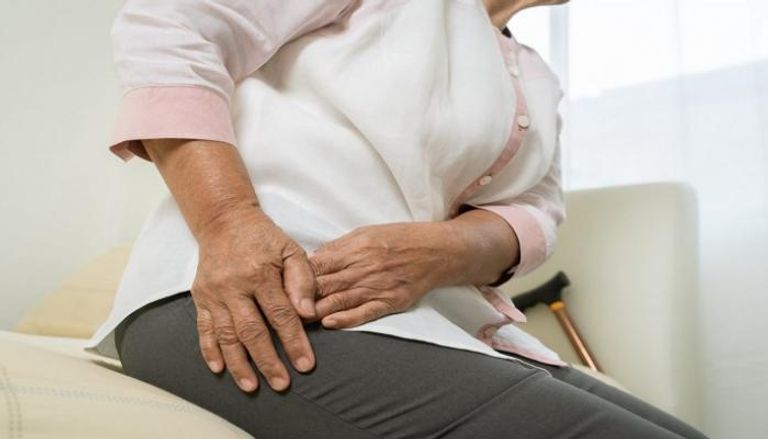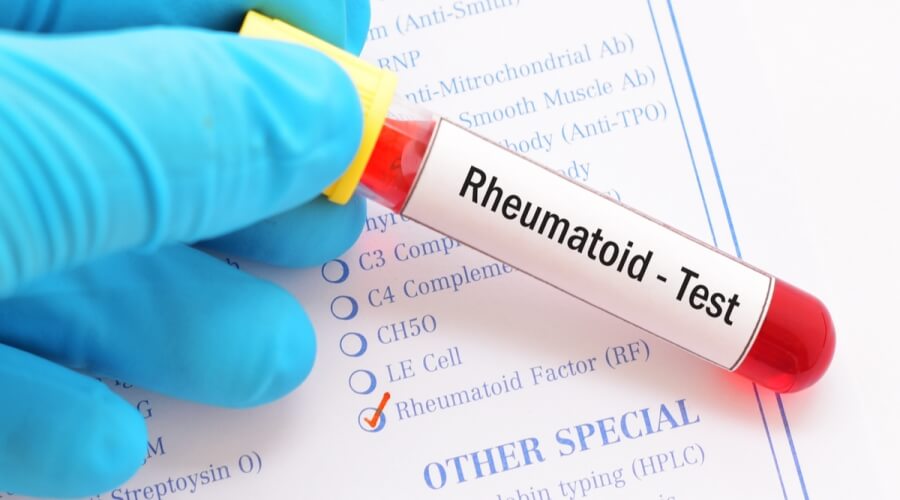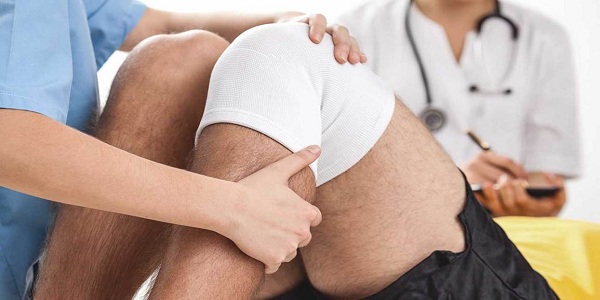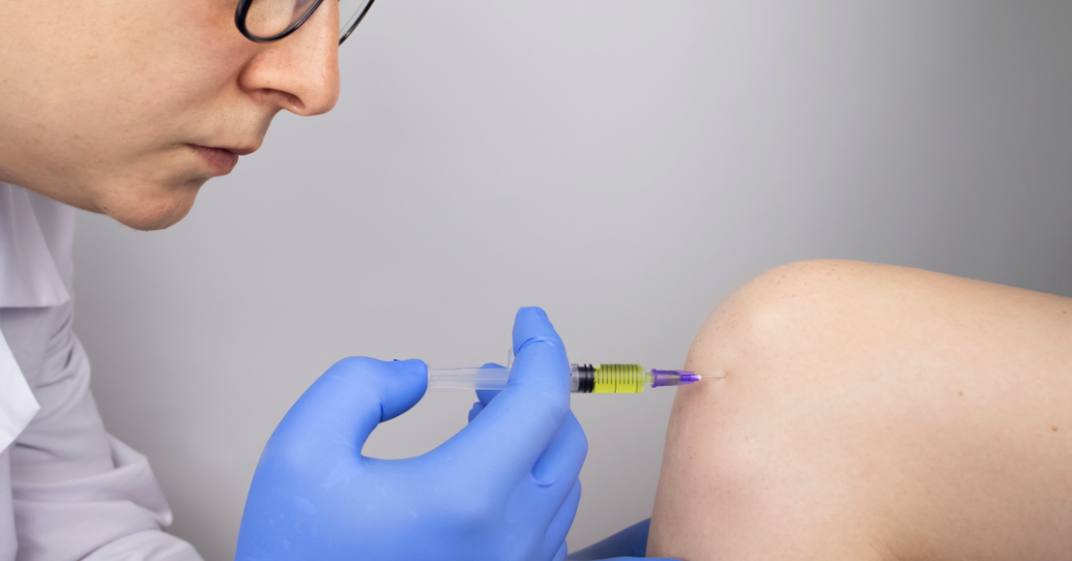Learn about the causes of knee pain
Knee pain is common among many individuals, and the methods of dealing with it differ according to the main cause leading to it, and to receive appropriate treatment, the most important causes leading to it must be known in detail, to learn a lot of information regarding this topic, follow the following article with us.
Knee pain
Many causes may lead to knee pain, and here are some of them:
- Fractures or dislocations: the pain, in this case, is associated with a collision or an accident, and this indicates that there is something wrong with the knee, and you must go to the doctor immediately when feeling the pain to start treating it before the matter gets worse, and some people may not feel pain immediately after the accident, but it appears on them after a period of time.
- Ligament rupture: This may occur during some exercise, and the rupture results in very severe pain, swelling, and inflammation in the knee that may hinder the individual from moving normally and affect his ability to perform daily activities, and this injury requires immediate medical intervention.
- Osteoarthritis: It has another name, which is knee roughness, and this occurs as a result of a chronic disorder that results in a gradual disintegration of the joint cartilage until it becomes harsh and causes very severe pain, and the sufferer is unable to bend and move the knee well without feeling pain, and this is associated with advancing age.
- Arthritis: When an individual suffers from arthritis, he feels severe pain in the knee area, swelling, and the inability to move it well, and there are some methods that the doctor determines to alleviate the symptoms that accompany it.
- Bursitis: The bursa is a disk filled with many fluids and works to reduce the friction that is located between the tendons, muscles, and bones and is in the joint area, and the result is inflammation and swelling that may hinder the individual from moving normally.
- Meniscus tear: This occurs as a result of making a wrong movement or moving suddenly with the full weight of the body on the knee area, and this results in severe pain in the knee and the inability to move it well.
- Gout: When gout occurs, many symptoms begin to appear, such as swelling and severe pain suddenly, and a spasm occurs in the knee area, and there is clear redness in the surrounding skin area.
Muscle pain above the knee
Individuals may experience pain in the muscles above the knee as a result of a slight stretch or rupture in the tendon above the knee that connects the quadriceps muscle with the top of the patella, and the fibers of this tendon are extended over the patella until it again forms a tendon that connects the bottom of the patellar bones and the top of the shin bone.
This tension is what justifies the pain felt by the injured person in the muscles above the knee, and in most cases, a total or partial rupture may occur and the appropriate treatment is received according to the severity of the injury to which the individual is exposed, and the sooner the medical intervention would be better to avoid a lot of serious complications that may occur.
Knee arthritis
When an infection occurs in the knee joint, the following symptoms begin to appear on the affected person:
- Feeling severe pain in the knee area.
- Popping sounds from the knee when moving.
- Cramps and contractions in the tendons that are attached to the joint.
- Deformities in the joint that get worse with the progression of the disease.
- The appearance of swelling in the affected joint results in severe pain that gets worse with movement.
- Stiffness in the joint, especially in the morning.
- Inability to sleep deeply as a result of severe joint disorder.
- Suffering from general weakness in the joint and the muscles that surround it.
Swelling in the leg below the knee without pain
When suffering from swelling in the leg below the knee without feeling pain, this may be a result of suffering from a magnesium deficiency, and this requires an adjustment in the individual’s dietary pattern to get rid of this problem, and here are some tips that you can follow when suffering from this:
- Doing some light exercises, such as walking, because it has a great role in stimulating blood circulation, such as walking daily for a few minutes.
- Be careful to avoid foods that are full of both carbohydrates and salt.
- Applying some oils to the area of the injury with some light massage movements, such as lavender oil, chamomile oil, peppermint oil, or eucalyptus.
- Avoid sitting or standing for long periods, as this may make the condition worse.
knee bruises
Knee bruises are most likely very simple and can be permanently treated with time on their own, but despite this, some procedures are followed in order to speed up the healing process and the following are followed:
- Make sure to take plenty of rest and avoid any extra pressure on the knee area.
- Doing ice packs on the knee area more than once a day for 20 minutes each time.
- Keep the injured foot at a higher level than the rest of the body, and some pillows can be used.
- Wear knee braces to keep them in place until the recovery period is peaceful.
- Apply warm compresses from time to time to promote blood circulation in the affected area.

